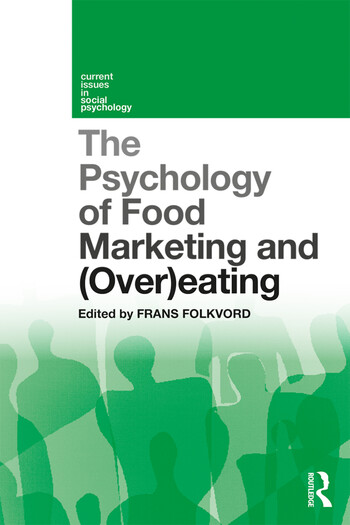Effectiveness of Banning Food Ads

Kathy Baylis, a professor of agricultural and consumer economics, studied the ban on junk-food advertising imposed in the Canadian province of Quebec from 1984 to 1992 and its effect on fast-food purchases.
By comparing English-speaking households, who were less likely to be affected by the ban, to French-speaking households, Baylis and co-author Tirtha Dhar, of the University of British Columbia, found evidence that the ban reduced fast-food expenditures by 13% per week in French-speaking households, leading to between 11 million and 22 million fewer fast-food meals eaten per year, or 2.2 billion to 4.4 billion fewer calories consumed by children.
"Given the nature of Quebec's media market and demographics, a ban would disproportionately affect French-speaking households, but would not affect similar households in Ontario or households without children in either province," Baylis said.
Baylis says the study is applicable to the U.S., although the results wouldn't be quite as robust if bans were instituted state by state.
"What we found is that advertising bans are most effective when children live in an isolated media market, and it's only because they're in an isolated media market that they're getting these effects," she said. "If any state on its own decided to do this, it would be problematic. If the U.S. as a whole decided to do it, our research indicates that such a ban could be successful. The comparison is a strongly regulated system in Quebec to a less strongly regulated system in Ontario, and we still found an effect. If anything, our study is finding a lower-bound of that effect." The big caveat to the study, according to Baylis, is that it's based on data from the 1980s and '90s.
"Obviously, the Internet has exploded since then, and computer games have also risen in popularity," she said. "So we don't know how well a television ban would work when children are spending an increasing amount of time online rather than watching TV. So it would be very hard to enforce an Internet ban, and the only way to tackle it would be how they're doing it in Quebec, which is to prohibit advertising websites for junk food during cartoons, or even on product packaging in stores. But if a 10-year-old is searching for 'Lucky Charms' on the Internet, that would be hard to police on its own."
Baylis says one policy tool that's being revisited in the U.S. is the voluntary agreement that some prominent food companies have signed to limit advertising to kids.
"There's been a lot of concern that this voluntary agreement isn't working," she said. "The FCC has considered stepping in and doing more formal regulation. Our research indicates that this might be the way to go. The folks on the other side of the debate are always saying: 'Don't go down that road. It's a dead-end. Absolute bans don't work and a voluntary approach to self-regulation is better.' Well, that's not true, and this research is more ammunition for the FCC."
Although the advertising lobby would like to deny that advertising to kids works, Baylis notes that about $11 billion per year is spent on advertising aimed at that audience.
"Fast food is one of the most highly advertised product categories, but what's interesting is the amount of discussion around having tighter regulations on advertising directed at children, or when countries look to impose a junk-food advertising ban," Baylis said.
"The advertising lobby is very fond of saying bans don't work, that regulations don't work. There's been a huge policy debate as to whether advertising bans work, and that's why we decided to study the Quebec example, because it was brought up a lot by advertisers as proving their point. And what we discovered is, if you're just averaging overall kids, if you don't control for anything, you're just throwing in enough noise so that it's not statistically significant. When we started controlling for things, we realized that there was something else going on."
From the January 20, 2012, Prepared Foods' Daily News.
Looking for a reprint of this article?
From high-res PDFs to custom plaques, order your copy today!









